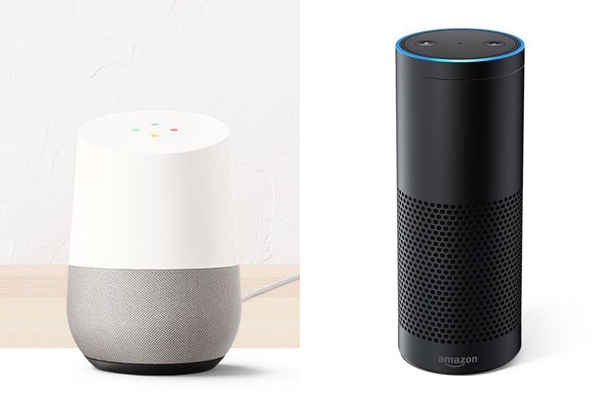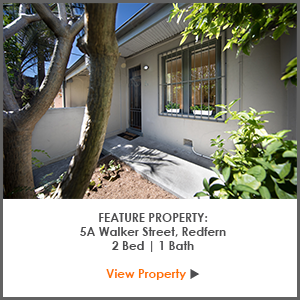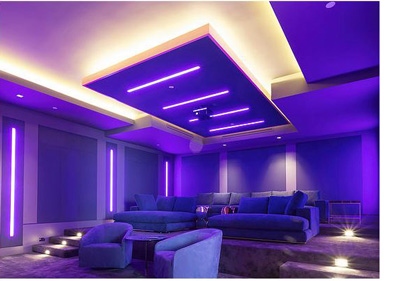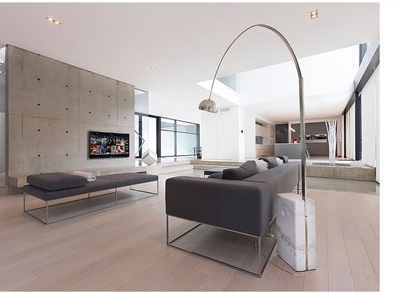
“Google home, turn off the lights”. “Alexa, play me some Rolling Stones”.
There’s a brave new world of smart homes in Sydney, sometimes using smart virtual assistants that can follow simple commands, translate phrases, turn equipment on and off, and set alarms.
Spencer & Servi has sold at least one smart home, we might have another smart home sale on the cards now, and we expect more as time goes by. Smart is the future.
Smart home technology is a positive selling point, and once residents become accustomed to the ease of smart home living, they are often reluctant to return to the boredom of manually setting alarms, or switching on stereos, or leafing through a foreign language dictionary to find the meaning of “casa intelligente”.
Amazon’s virtual assistant Alexa is an all-American gal, and she sometimes struggles to understand the Australian accent. Amazon even appears to be hiring an expert in Australian English here, maybe to refine Alexa’s voice recognition understanding. Apple’s Siri, too, when asked where Bathurst is, helpfully provides a list of the nearest Baptist churches.
Google Home was launched in Australia in late July, and Google is proud of this virtual assistant’s ability to understand, and speak, Australian English (and even Australian jokes).
It was a big month for smart homes here. A couple of weeks before Google Home’s arrival, Nest Labs was launched in Australia, with three bits of smart home equipment: a smoke and carbon monoxide alarm, an indoor camera and a waterproof outdoor camera.
The smoke alarm, for instance, can use voice alerts to warn of dangerous smoke or CO2 levels, can send alerts to your phone, and, amongst other things, auto-tests its batteries and sensors 400 times a day.
The Nest cameras, too can send alerts, and continuously record and save security video, which can then be stored in the cloud. Owners can then whizz through the vision and see who has come and gone over the previous month (including, potentially, burglars).

Some smart homes are DIY efforts, put together by technologically-minded property owners who can link the various smart devices, which can be controlled via a smart phone. But these DIY smart homes can sometimes get the electronic hiccups, especially if there’s a power outage somewhere or if the internet connection goes down.
Amateurs should beware of the ease of hacking, especially into the cheaper smart home closed circuit camera systems, which can fail to alert the owner that someone else is watching. To prevent that, of course, it’s crucially important to change the default password as soon as the system is installed, and then continue to change it on a regular basis.
Some firms install entire smart home systems, usually in new builds, and they can retro-fit existing homes as well, including terraces. An expert will have to check and see how the house is wired, but there are several ways around potential obstacles.
James Bryan, from Home Technology Integration in Sydney, says his firm uses Virtual Private Networks (VPNs) for better security and to deter hackers who might want to stream your intimate moments to an appreciative audience halfway round the world.

“A lot of the systems we install have their own servers connected, that way it’s a lot more secure”, he says. “If someone does a DIY job, gets it out of the box, plugs it in and doesn’t really know exactly what they’re doing it’s quite easy to hack”.
So be smart with that smart home: otherwise it might turn on you.
in Latest News
Share This Post
Categories
Archived Posts
- February 2024 (1)
- January 2024 (2)
- October 2023 (2)
- September 2023 (1)
- August 2023 (3)
- July 2023 (2)
- September 2021 (1)
- August 2021 (3)
- November 2019 (1)
- October 2019 (4)
- February 2018 (1)
- January 2018 (1)
- December 2017 (3)
- November 2017 (1)
- October 2017 (2)
- September 2017 (4)
- August 2017 (4)
- July 2017 (2)
- June 2017 (1)
- May 2017 (1)
- April 2017 (1)
- March 2017 (1)
- February 2017 (1)
- January 2017 (2)
- December 2016 (2)
- November 2016 (1)
- September 2016 (1)
- July 2016 (1)
